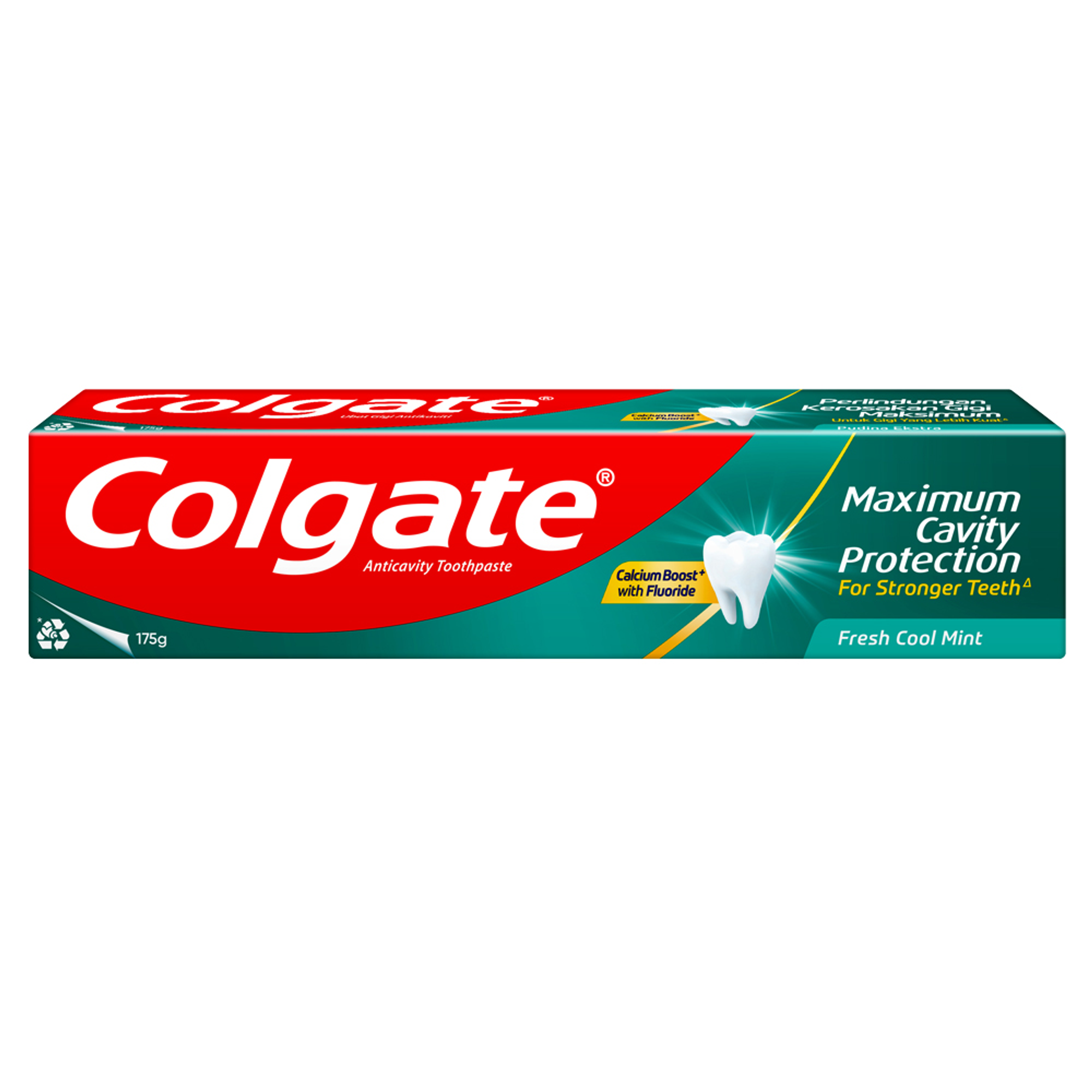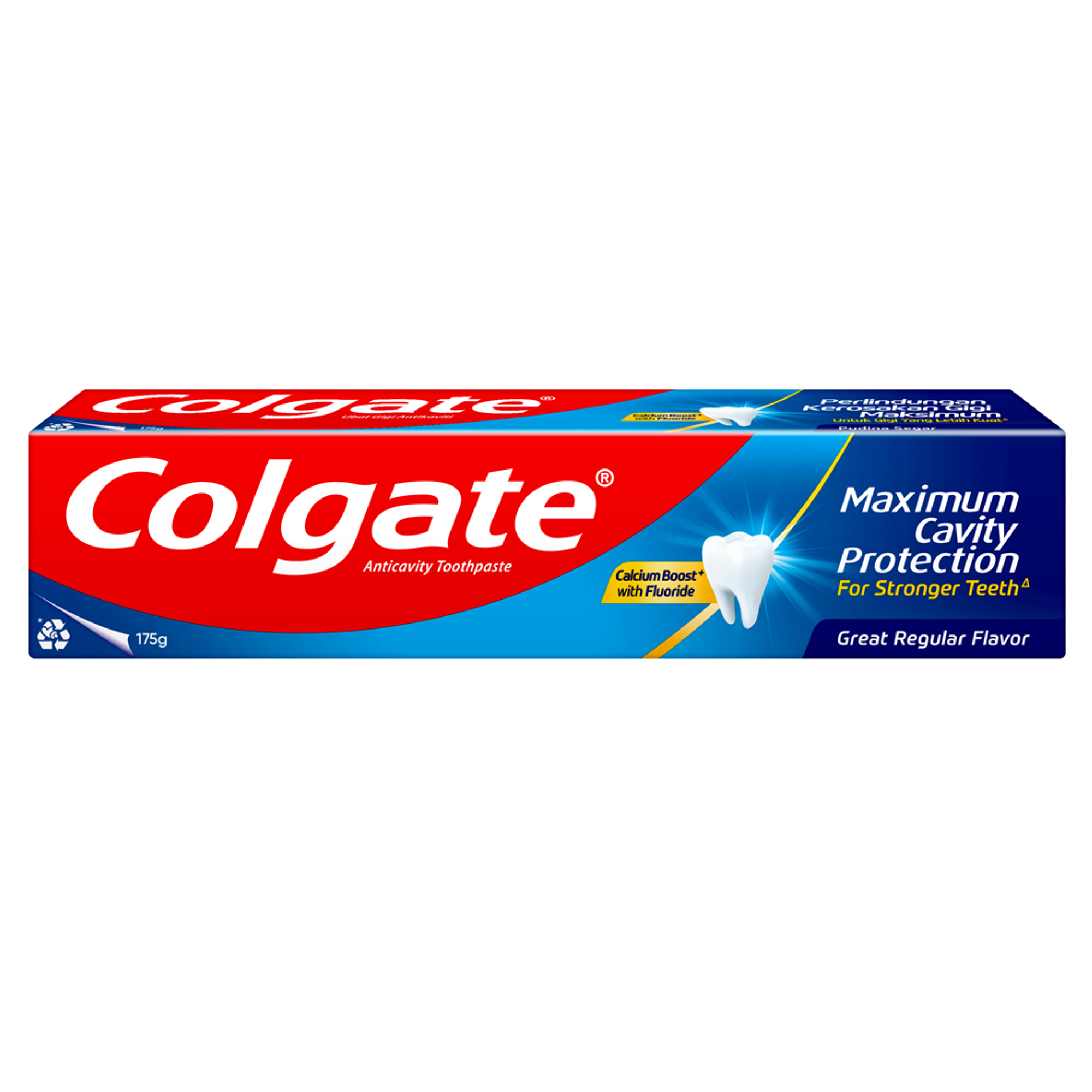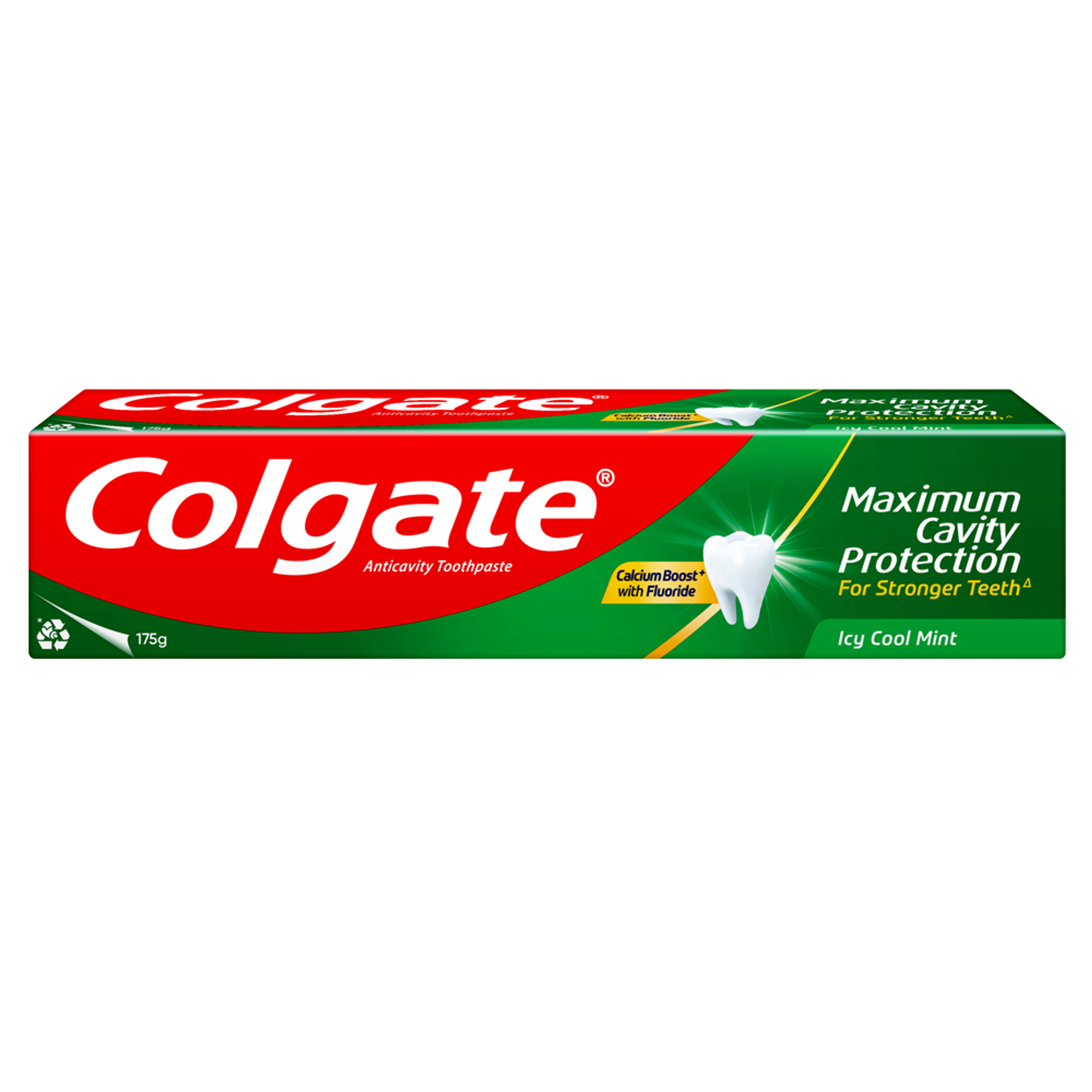What Causes Tooth Decay?
Tooth decay is the erosion of the hard outer surface of your teeth (tooth enamel). It often results from the action of harmful bacteria in the mouth. The enamel weakens, leading to dental caries (cavities or holes) in the teeth. If not treated, it results in pain, infection and even tooth loss. Treating and reversing dental decay in the early stages prevents these problems.
Knowing what causes tooth decay is the first step towards better oral care. The risk factors and common causes of tooth decay include:
Poor oral hygiene: Lack of regular brushing, flossing and rinsing.
Plaque buildup: Dental plaque is a sticky, colourless film of bacteria and food particles that forms on teeth and the gumline. It builds up if not removed with daily oral care.
Sugary diet: Frequent snacking on sugary drinks and food leaves residues that stick to the teeth and feed harmful bacteria.
Poor saliva flow: Saliva supplies nutrients that help repair enamel damage. Inadequate saliva flow in the mouth or dry mouth can occur due to dehydration or certain medications.
Plaque bacteria feed on sugar residues on teeth. They release acids that erode the tooth enamel. This enamel erosion can get worse with poor oral hygiene and frequent snacking. If not treated, the tooth decay progresses into cavities.
What Are the Signs and Symptoms of Tooth Decay?
Tooth decay usually does not show signs in its early stages. However, as it progresses to more advanced stages, it starts to show more visible signs. When it turns into a cavity, the hole may house harmful bacteria, promoting infections. At this stage, rotten teeth will show obvious signs, including tooth pain and other discomfort.
You may watch out for the following signs and symptoms as the tooth decay progresses:
Mineral loss and weakening of the tooth enamel. White spots on the tooth surface, mild sensitivity and chalky appearance are likely.
White spots turn brown or dark, indicating early dental caries (tiny holes). The affected tooth surface may feel rough or uneven.
Visible cavities or pits that look like a yellow or brown stain. Pain or discomfort while chewing. Increased tooth sensitivity to hot, cold or sweet foods.
A constant, sharp or throbbing toothache even without eating or chewing. Swelling or pressure near the affected tooth, a sign of infection. Bad breath and unpleasant taste in the mouth.
Severe pain that radiates to the jaws or parts of the face. Swelling in the gums, jaws or cheeks. Pus-filled bumps near the tooth root, and fever.
Tooth decay symptoms and treatment are closely connected. In its earliest stage, the damage caused by decay can be reversed. However, once cavities or caries form, the damage becomes permanent. Untreated decay can reach deeper layers of the tooth below the enamel and damage tooth structure. The right treatment depends on how severe the decay is and how much of the tooth is affected.
What Are the Stages of Tooth Decay?
Tooth decay progresses in stages. The early stage of decay often goes unnoticed; it is painless and does not show visible signs. Left untreated, the decay reaches the deeper layers of the tooth. This makes the damage irreversible and the tooth decay treatment more complicated.
Here are the main tooth decay stages you should be aware of:
Enamel Erosion: The decay process starts when bacterial acids erode the enamel. It loses essential minerals like calcium and becomes weak. It is the earliest stage of decay before caries form and can be reversed with timely intervention.
Enamel Decay: Left untreated, the decay forms tiny holes called dental caries or cavities on the teeth. At this point, the damage to the enamel is irreversible. However, a quick dental visit can help stop the tooth cavity from getting deeper and larger.
Dentine Decay: At this stage, the decay affects the dentine layer beneath the enamel. It contains tiny tubules leading to the tooth pulp, which has blood vessels and nerves. This makes the tooth sensitive to sweet, hot or cold foods. The cavities are larger and painful, especially when biting or chewing food.
Damaged Pulp: The decay reaches the tooth pulp. The harmful bacteria infect the pulp, causing a persistent, sharp pain and swelling. It results in pressure build-up and a pus formation near the affected tooth root.
Tooth Abscess: At this stage, the infection results in pus-filled pockets or abscesses around the decayed tooth. It causes severe pain that spreads to other parts of the face. Facial swellings and fever are likely, indicating a dental emergency. If not treated, the infection may spread to the adjacent soft tissues or enter the bloodstream.
Sometimes, tooth decay can affect the tooth roots, especially when exposed to bacterial acids. This is likely for people with gum disease and receding gums. Understanding root cavities and their prevention helps rule out such possibilities.
Tooth Decay Treatment
Timely tooth decay treatment avoids damage to teeth and tooth loss. If you are wondering how to remove tooth decay yourself, the only possibility is to improve your oral hygiene and ensure you receive regular dental checkups. This helps detect and stop decay in the early stages. An effective cure for decay and cavities requires professional care. A dental checkup is crucial if you notice symptoms like tooth pain or swelling.
A dental professional may use X-rays to diagnose the condition and suggest the right treatment. Treatment options may vary based on the severity or extent of the decay. Typically, they include:
Fluoride Treatment: Used for the early stage of decay, where the enamel is weakened but the damage is reversible. Dentists use topical fluoride treatments to strengthen and protect the enamel. They may be fluoride varnish or gels. Sometimes, protective plastic coatings called dental sealants are applied to the chewing surface. They help prevent dental caries, especially on the molars or back teeth.
Dental Fillings: It is suggested when the decay has progressed into a dark, tooth cavity. Though the damage is irreversible, timely cavity treatment can prevent it from worsening. The dentist removes the decayed portion and fills the cavity. Composite resin or amalgam is often used as a filling material. This method is ideal for smaller cavities.
Crown: Used when the decay affects the dentine and a large portion of the tooth is damaged. The dentist places a filling after removing the decayed part. For a large cavity or weak tooth structure, a crown is fixed to cover the treated tooth. The crown is often made of metal, porcelain or a combination of both.
Root Canal Treatment: This method is crucial for saving the tooth when the decay has reached the tooth pulp. The dentist removes the damaged pulp or infection. The cavity is disinfected and sealed with a material to prevent re-infection. If the tooth structure is badly damaged, a crown is fitted over the tooth to protect and restore its function.
Tooth Extraction: Suggested for severe pulp infection and abscess. Removing a decayed tooth may be the last resort if it is damaged beyond repair and the infection is likely spreading to the jawbone. The dentist drains out the abscess and extracts the damaged tooth to stop the infection from spreading. Antibiotic medicines may be suggested as part of treatment.
Treating tooth decay on time can save your tooth. When considering how to reverse tooth decay, regular dental visits are crucial. They help detect and address the early signs. If you have a tooth cavity, remedies for cavity pain can only help manage the symptoms temporarily. An effective cure comes only with professional care.
How to Prevent Tooth Decay?
Prevention is better than getting an elaborate tooth decay treatment later. It requires you to address the root cause. Poor oral hygiene can promote decay and caries. Unhealthy diet and lifestyle contribute. Proactive care can help prevent cavities before they develop. Here are some tips to prevent tooth decay:
Good Oral Hygiene: Helps fight the root causes of dental decay. Brush regularly, twice a day, using fluoride toothpaste and a soft toothbrush. Clean between the teeth once daily, using dental floss or an interdental brush to remove hidden plaque. Rinse with antibacterial mouthwash to wash away germs and plaque residue.
A toothpaste with an antibacterial formula can help protect your teeth from cavities. For example, consider the Colgate Total Active Prevention Toothpaste. It is clinically proven to provide 24-hour antibacterial action*, which provides long-lasting preventative benefits against bacteria to help prevent oral care problems before they start.
Use of Fluoride: Fluoride helps strengthen the enamel. It can protect your teeth from decay and cavities. Using fluoridated tap water helps develop stronger teeth. It helps prevent decay and cavities in young children. Including a fluoride toothpaste for daily brushing helps. Fluoride mouth rinses and treatments offer added protection to teeth.
Regular Dental Visits: A dentist can remove plaque deposits missed by your daily oral care, keeping your teeth and gums healthy. They can detect and reverse early signs of tooth decay. A dentist can address different types of cavities before they get worse, whether on tooth roots, pits or fissures, or the tooth’s smooth surface. Regular dental checkups are central to good oral health care.
Dietary Changes: Choose a healthy, nutritious diet that supports oral health. Avoid snacking on sugary food or drinks that feed harmful bacteria in the mouth. Rinse your mouth thoroughly with water after eating carb-loaded or starchy food to remove residues. Staying hydrated also allows for adequate saliva levels that promote enamel health.
Lifestyle: Make healthy choices that support your oral and overall health. Consider quitting smoking and the use of tobacco. They can promote various oral care issues.
A prompt tooth decay treatment can save your teeth and protect your smile. Proactive care goes a long way in preventing decay and cavities. Good oral care habits and regular dental visits are key. Paired with healthy eating habits and lifestyle, they can help you maintain a healthy smile.
*2x daily brushing with 4 weeks continued use
Frequently Asked Questions
How do you remove tooth decay yourself?
You cannot remove tooth decay on your own—it needs professional dental care. A dentist can assess the severity of decay and suggest the best tooth decay treatment for you. However, you can prevent tooth decay with good oral hygiene, healthy eating habits and regular dental visits.
How do you know if your teeth are decaying?
Early stages of decay may not show visible signs. You may feel tooth pain or sensitivity as it progresses. Cavities appear as tiny dark spots or holes that grow if not treated. Bad breath and a bad taste in the mouth are likely. Constant toothache and pressure, facial swellings and fever indicate severe decay.
How to stop tooth decay from spreading?
Timely detection and tooth decay treatment are key. Early stages can be reversed with fluoride treatments. Fillings and crowns are ideal for smaller cavities. Root canal or tooth extraction is crucial for stopping severe decay and infection. Good oral hygiene and regular dental visits can help prevent the spread.
What happens if a decayed tooth is not removed?
It is best to remove a severely decayed tooth. This is when the decay has infected the tooth pulp and is spreading to the adjacent tissues. It can cause severe pain, swelling, pus-filled abscess and even fever, indicating a dental emergency. Early treatment is key to stopping the spread.













